The Nighthawk is a group of birds in the nightjar, or Caprimulgidae, family. They are related to poorwills, whippoorwills, and nightjars.
Scientists recognize 10 different species of Nighthawks in 3 different taxonomic genuses. These birds live throughout North, Central, and South America. Read on to learn about the Nighthawk.
Description of the Nighthawk
Though each species is different, most Nighthawks look similar to one another. They have elongated bodies, small heads, long wings, and short legs.
These birds have relatively short, but wide, beaks. They also have large, black eyes. Their plumage is brown, usually with dark brown or black dappling. Most measure between 7 and 10 inches in length, and weigh just 2 or 3 ounces.
Interesting Facts About the Nighthawk
These birds have a number of different traits and behaviors that make them unique. Learn more about these interesting creatures below.
- What’s in a Name – Nighthawks do not fit their name very well. These birds are not hawks. In fact, they aren’t even birds of prey! Not only are they not hawks, but they aren’t even nocturnal. They are most active at dawn and dusk, which makes them crepuscular.
- Booming Flight – Some species of these birds perform rather loud aerial displays. They fly up into the air, and dive straight towards the ground. When they pull up out of the dive, the birds flick their wings, creating a booming sound.
- Cool Camouflage – As if it wasn’t difficult enough to spot this bird flying around at sunset, Nighthawks have excellent camouflage. Their dark, dappled feathers blend in perfectly with tree branches, leaf litter on the ground, and a number of different habitats.
- Grounded – In fact, some species of these birds have camouflage that is so impressive they can nest on the ground! Instead of hiding their nests in trees, some lay their eggs right on the ground. Their perfectly colored feathers blend in with the shrubs and grasses.
Habitat of the Nighthawk
Different species of these birds live in different types of habitats. As a whole, they inhabit many different ecosystems. Some common habitat types include meadows, savannas, grasslands, forests, beaches, sand dunes, and flooded fields.
Some species live in mountainous regions, while others live at sea level. These birds also inhabit more urban areas, including cleared forests, farms, pastures, parks, gardens, and even cities.
Distribution of the Nighthawk
These birds live throughout much of North, Central, and South America. Their range varies based on the species. Some live across large expanses, while others only inhabit a small area.
A single species, the Common Nighthawk, lives and migrates across vast ranges. They breed throughout North America, migrate through Central America, and spend the winter in southern South America. Other species, like the plain-tailed Nighthawk, live only in a single region (in this case, Brazil).
Diet of the Nighthawk
These birds are insectivores, which means the vast majority of their diet comes from insects. They hunt and catch their food in the air, so their primary prey species are flying insects. Their incredibly wide beaks make it easier for them to scoop bugs out of the air.
Some of their common prey items are mosquitoes, mayflies, moths, grasshoppers, beetles, flies, wasps, and more. Unlike bats, which hunt similar prey in a similar fashion, Nighthawks do not use sound to hunt, but sight.
Nighthawk and Human Interaction
While Nighthawks suffer because of habitat loss like most birds, they also have several unique threats. Pesticides kill their insect prey, and leave them with less food to eat. Cars are also more likely to hit them, because they hunt along open roadways.
The extent that human interaction impacts them varies based on the species at hand. The IUCN lists all ten species as least concern, but six species currently have decreasing populations.
Domestication
Humans have not domesticated Nighthawks in any way.
Does the Nighthawk Make a Good Pet
No, Nighthawks do not make good pets. They eat hundreds of insects per night, and are most active at sunrise and sunset. These behaviors make them poor house pets! In most places, it is also illegal to own one of these birds as a pet.
Nighthawk Care
In zoos, these birds need plenty of space to fly. During the daytime hours they also need plenty of places to hide. Their exact care and habitat specifications vary based on the species. Zookeepers feed them a diet of crickets, mealworms, insectivore diet, and other buggy-treats.
Most of these birds in zoos live there because something injured them (like a car or a power line) and they couldn’t survive in the wild anymore.
Behavior of the Nighthawk
Though each species is different, most Nighthawks are active during sunrise and sunset. Their social behavior varies based on the species and the season. Outside of the breeding season during migrations these birds form flocks.
As the breeding season arrives their warm welcome for neighbors wanes, and they become territorial. Pairs do not tolerate others – including other species – in their territory.
Reproduction of the Nighthawk
Many Nighthawk species lay their eggs on the ground, often without any type of nest structure. Clutch size varies based on the species, but most females lay about two eggs on average. It takes about three weeks for the eggs to hatch, and in most cases the female takes over the incubation duties.
The chicks begin learning how to fly when they are about two and a half weeks old. However, their parents continue to care for them until they are about a month old.
Beliefs, Superstitions, and Phobias About the Nighthawk
There is an interesting old wives’ tale about nightjars as a whole (Nighthawks are a member of this family). People used to believe that nightjars found sleeping goats and drank their milk.
In fact, the nightjar family name, Caprimulgidae, is based on the Latin word for “goatsucker” Caprimulgus. Perhaps the most disturbing takeaway from this bit of information is the fact the there is a specific word in Latin for a “goatsucker.”


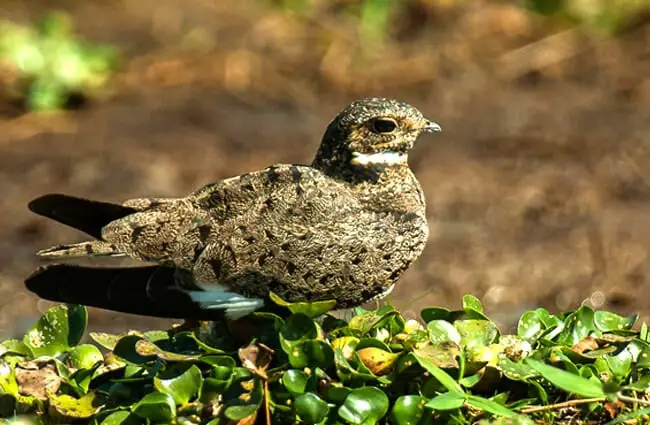
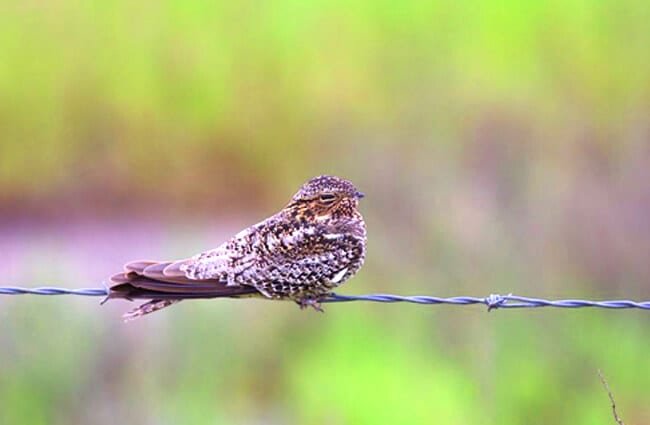
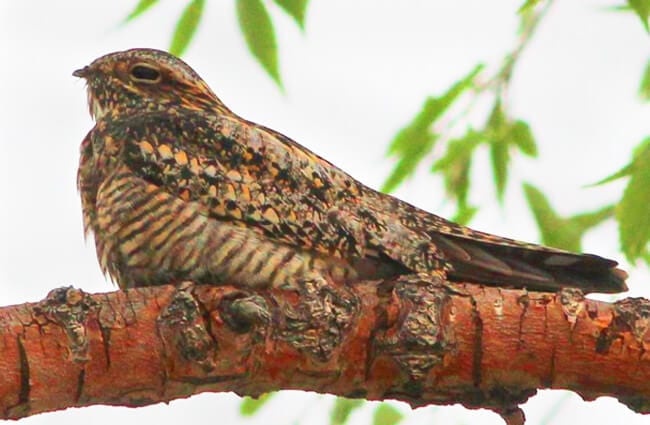

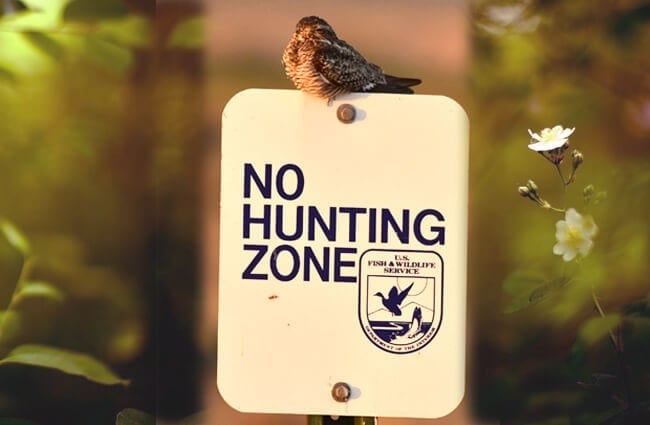
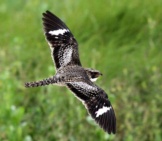

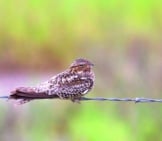
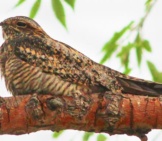

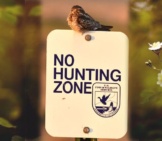
![Red Angus Closeup of a beautiful Red Angus cowPhoto by: U.S. Department of Agriculture [pubic domain]https://creativecommons.org/licenses/by/2.0/](https://animals.net/wp-content/uploads/2020/03/Red-Angus-4-238x178.jpg)












![Red Angus Closeup of a beautiful Red Angus cowPhoto by: U.S. Department of Agriculture [pubic domain]https://creativecommons.org/licenses/by/2.0/](https://animals.net/wp-content/uploads/2020/03/Red-Angus-4-100x75.jpg)

